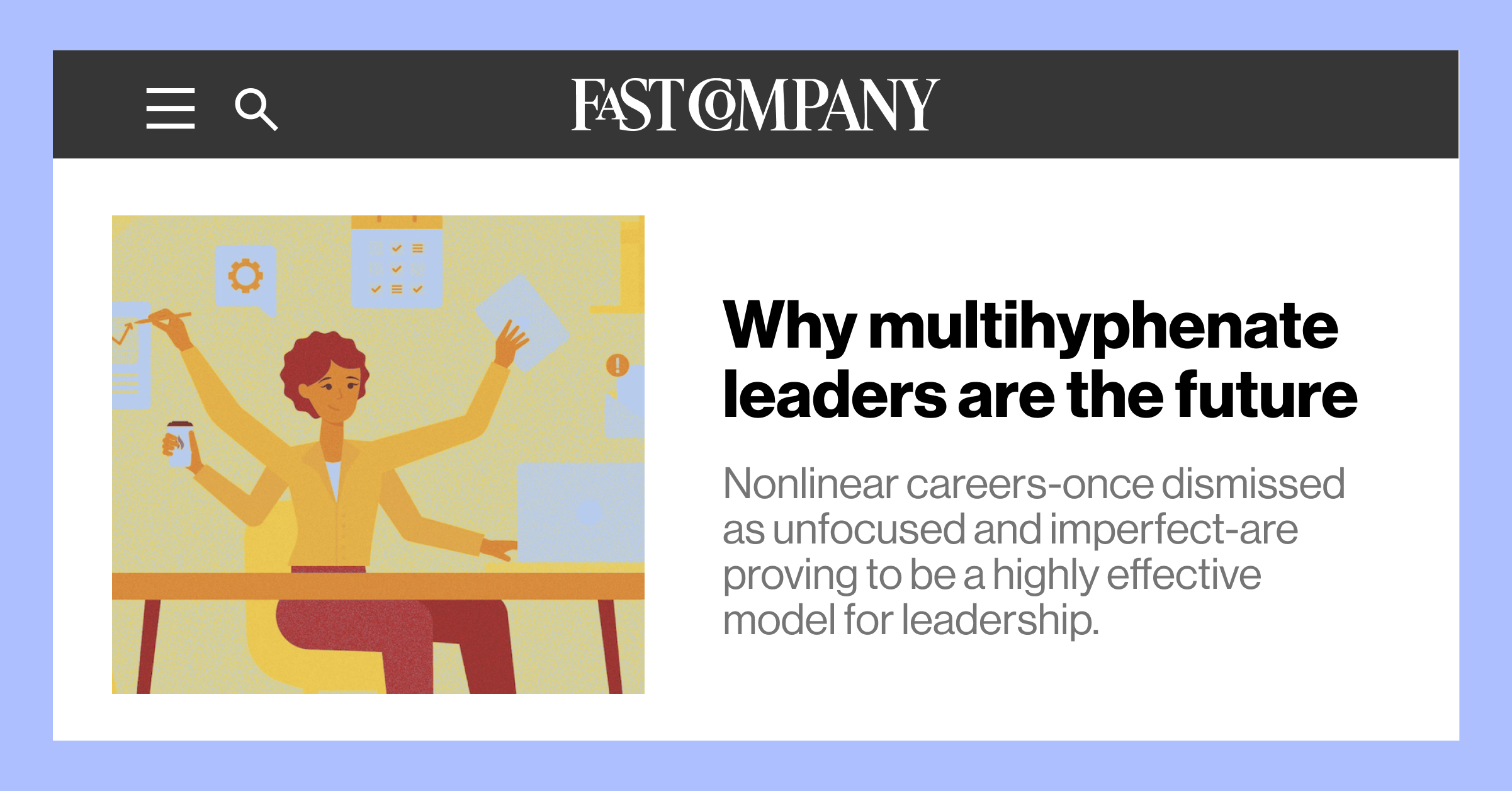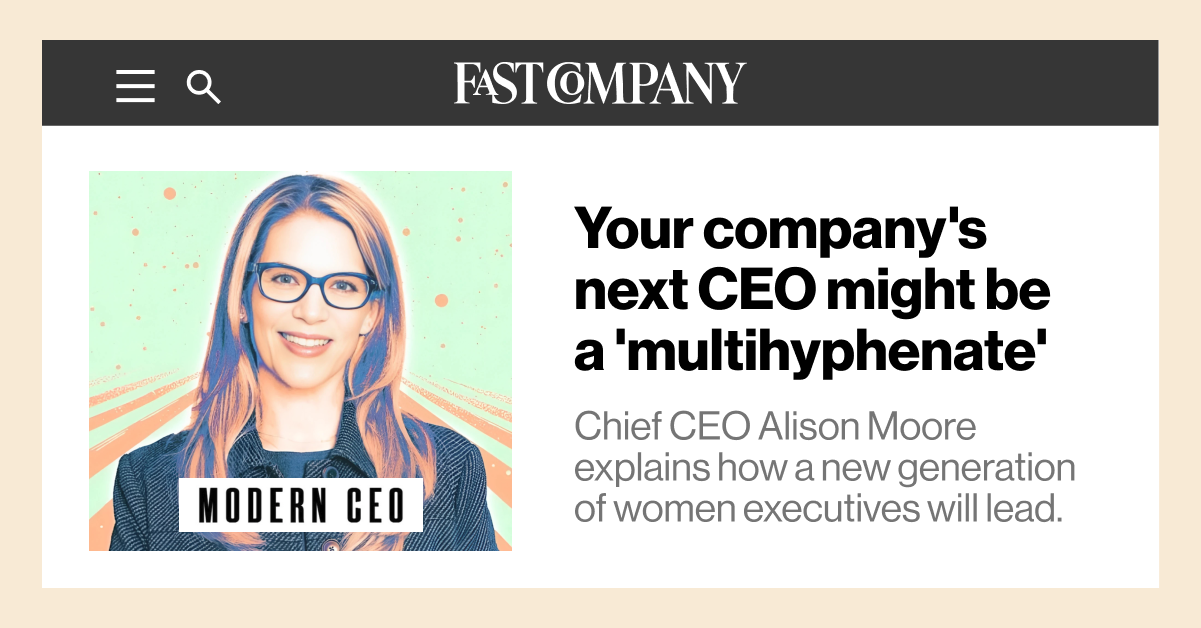America’s working mothers have been fighting for their careers for decades amidst a broken childcare system — and that system is now approaching what policy experts are calling a cliff. As a journalist I've endlessly covered the topic of childcare and paid parental leave, talking to women that feel truly stuck between the career they love and the kids they love without any tenable solution to do both things well. And I’ve not only written about this, but I live it.
When our twins were born in 2013, I pulled my toddler out of daycare and cut my work hours drastically — the cost of three kids in care didn’t make financial sense. Since adding a fourth baby in 2018, my life has become a precarious balancing act where at any moment something is about to fall. And it all starts unraveling in the summer. I’ve paid $700 per week for summer camps that kept my kids safe but were rarely fun. They hated having to get up every morning, sit through camp activities they didn’t enjoy, and be in the sun all day; my kids want a lazy summer. But hiring a sitter full-time is not cheaper. And someone needs to look after them if I’m meant to maintain any semblance of a job. So, in a moment of exasperation last June, I threw a sentence out into the universe — via my email signature — without much thought, only emotion.
“Please note I may be slower to respond to email in the months of June, July, and August due to the United States' inability to provide affordable childcare for working mothers.”
These words went viral. This sentence struck a chord like nothing I’ve written before. In the early days of summer I found myself squeezing in interviews with Good Morning America, the Today Show, and Fortune. I was on our local news and penned an essay about it for Scary Mommy. For two weeks my life was consumed with emails, tags, memes, and (of course) criticism about my not-so-carefully crafted words. I heard from mothers across the nation who feel exactly as I do. They’re tired, they told me. They feel undervalued. They feel forced to choose between being a good mother and being successful at their career. Many confessed that they aren’t sure how much longer they will be able to remain in the workforce. Others told me they’ve already had to leave — talented women with valuable skills they aren’t able to use. There was raw frustration in that simple sentence and it spread like wildfire through forests of tired working mothers.
The Prevailing Message We Tell Working Moms
The women who have reached out to me have all been passionate about America’s inability (or unwillingness) to provide affordable childcare. Many are struggling to make ends meet day-to-day, but just as many are balancing high-level careers while still attempting to cobble together a semblance of quality care for their kids. Pew Research found that even in households where the woman was the primary earner, women spend 4.5 more hours per week than men on childrearing and housework. Despite having more resources, these women are still left to do it all within a broken childcare system and persistent heteronormative gender roles. I asked Reshma Saujani, Founder and CEO of Moms First, a simple question: Why?
“Despite the fact that the majority of mothers today work outside the home and have breadwinning roles in their families, we've still never designed workplaces that actually work for moms, and that needs to change,” says Saujani. When legislators vote against subsidized child care, parental leave, and other threads of the safety net mothers need, it erodes our confidence.
We may have shattered that glass ceiling but we are still trying to work and parent while tiptoeing among the shards. Saujani says, “When we decide not to guarantee paid leave, or when we decide that childcare is a personal problem for every mother to figure out on her own, we're also sending a message about whose labor we value and whose labor we don't.” That feeling of belonging — of being valued — is the common theme in every email I received, no matter the income bracket of the mother.
At ParentsTogether, a group that advocates for better education, family leave, and childcare, Executive Director Ailen Arreaza told me she’s seen just how this stress trickles up in America. “The general political division in the U.S. makes all decisions to spend more on social programs hot button issues,” she says. Given some of the hateful emails and comments I received regarding my desire for “a handout” of high-quality affordable childcare like every other developed nation in the world, this tracks. Arreaza says that resistance comes from those who do not want to fund social services that would benefit working class and lower income Americans. "As a result, parents of all income levels have been forced into a childcare crisis – even members of Congress have remarked how hard it’s been to find quality care.”
A recent report by Care.com found that American families, on average, spend about 24% of their household income on childcare expenses alone, and more than one-third are using their savings. Additionally, 88% of parents say a candidate's position on childcare will influence their vote, and 59% say childcare access and affordability are among the top issues that will impact their voting decision during an election cycle.
Arreaza recalls that childcare for her oldest child, Lucas, cost 30% of her income, which was more than her mortgage at the time. “When he was finally able to go to public school, it felt like such a luxury, like I had gotten a huge raise.” She says they were lucky they could sell one of their cars and cut in other areas to make it work, but she knows many families don’t have those options. Those experiences are why she advocates for better policy now, so other families are not stuck in the same boat she was.
Why This Is a Crisis That Business and Government Leaders Must Solve
By the numbers, what we are doing now just doesn’t make sense. Bloomberg reports that we could add over $1 trillion dollars to our GDP, meaning subsidized childcare makes ethical and financial sense. And yet, progress remains stagnant. “The U.S. invests far less than other wealthy nations in childcare, and until we solve that, working parents in this country are going to continue getting crushed,” says Saujani. “The astronomical cost of childcare, not to mention multi-year-long waitlists, are dictating the decisions families are making about where they can live and which parent can ‘afford’ to work, and that's wrong.”
Even parents who are able and willing to pay for childcare cannot always find a spot for their child. Care.com reports that more than half of families were placed on a wait list while searching for a daycare this year, and 49% of those families had to wait more than three months for a spot to open up. Even worse, 75% of parents said there are less than six childcare centers within a 20-minute drive from their home.
Areazza says that America will fall off a childcare cliff without an influx of new funds soon, and it’s frightening. An end to pandemic-related funding in September 2023 left an estimated 3.2 million children without care. “Not only will this force millions of families to choose between caring for their kids or their jobs, but it will have a ripple effect on the economy.” The childcare crisis is estimated to cost the economy $122 billion per year, according to 2023 findings by Strong Nation. Lost wages and job search expenses make up the largest chunk of that startling figure, costing Americans $78 billion per year. In turn, employers lose $23 billion per year in lowered productivity caused by insufficient childcare. The government itself loses $21 billion per year in tax revenue. Nobody is winning in this scenario.
Where the government fails to step up and meet childcare needs, employers can. Not only is it ethically responsible, but as mentioned, it’ll boost productivity and reduce turnover, says Corona Pritchard, Managing Director at the HR Advisory and Leadership Development firm HAVEN. “Post-COVID, I think the biggest thing for any organizational leader to recognize is that mothers and caregivers are not going to pretend they don’t have children anymore.” Pritchard says this means leaders have to truly “see” caregiving if they want to support their staff and retain talent. “Practically, we need to offer meaningful flexibility where we can,” she says.
“As an employer you might be able to require people to be physically present,” says Pritchard. “But if you want your employees to be mentally present, building approaches and benefits that relieve some caregiving burdens and worries allows your working caregivers to fully bring their talents to your workplace.”
Pritchard says this looks like planning meetings between the hours of 9 a.m. and 2 p.m. to allow for flexibility around school pickup. This looks like robust Employee Assistance Programs that help families find day care spots or reputable nannies, and it looks like employers offering flexible funds their staff can use for childcare. “In my work, I have seen a lot of success in organizations that stand-up and foster a Caregivers Employee Resource Group (ERG),” says Pritchard. “These employee-led groups, sponsored by a senior executive, can be a hub for surfacing critical conversations and practical changes needed to policies or benefits and encouraging support for working caregivers.”
The fix, it seems, is actually simple. When I look to other developed nations that provide universal childcare, they are not doing anything revolutionary. The government has stepped in and closed the gap between what parents can pay and what childcare centers need to provide high-quality care. Their employers then have prioritized childcare and leave policies, as well. The result of that investment ripples outward. It improves the economy, strengthens the workforce, and boosts morale. When the nation values motherhood, companies follow suit in their policies. Eventually, us working mothers on the front lines may begin to feel valued, too.
*Editor's Note: This article was updated October 2024.



